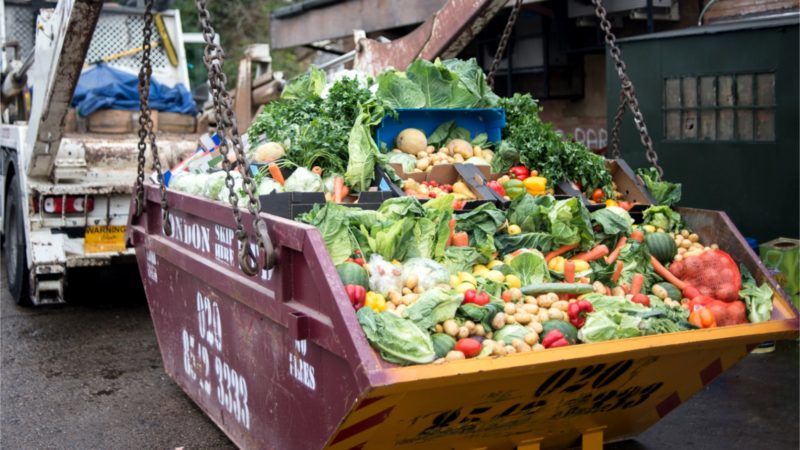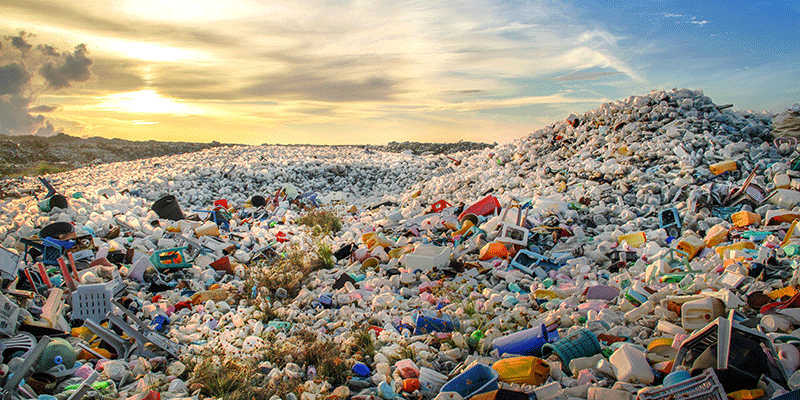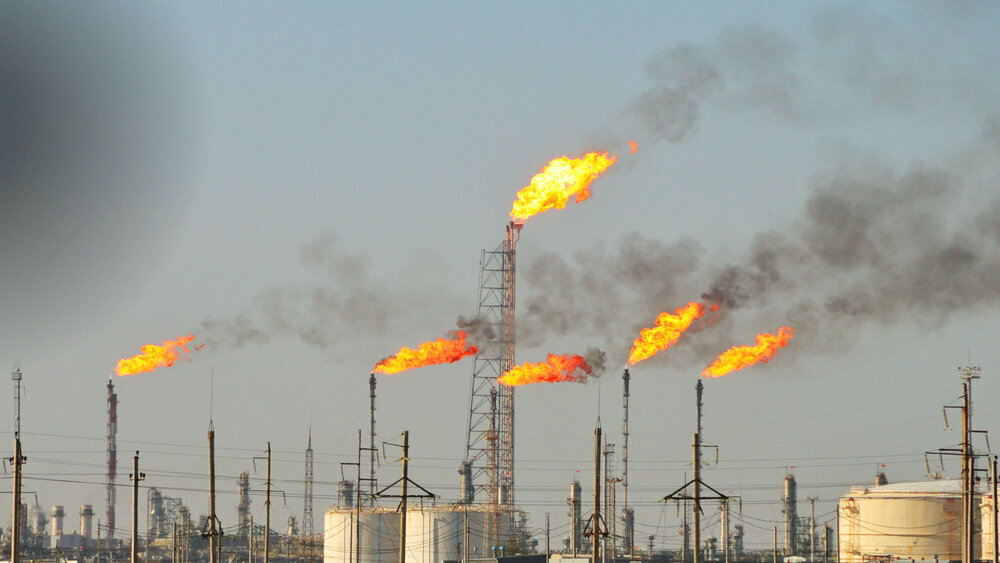

29/10/2021
The climate crisis is accelerating at an unprecedented rate and there are some that warrant more attention than others. Here are some of the biggest environmental problems of our lifetime.
Poor governance
According to economists, the climate crisis is a result of multiple market failures. Economists and environmentalists have urged policymakers for years to increase the price of activities that emit greenhouse gases (GHG), for example through carbon taxes, which will stimulate innovations in low-carbon technologies.
To cut emissions quickly and effectively enough, Governments must not only massively increase funding for green innovation to bring down the costs of low-carbon energy sources, but they also need to adopt a range of other policies that address each of the other market failures.
A national carbon tax is currently implemented in 25 countries around the world, including various countries in the EU, Canada, Singapore, Japan, Ukraine and Argentina. However, according to the 2019 OECD Tax Energy Use report, current tax structures are not adequately aligned with the pollution profile of energy sources. The OECD suggests that carbon taxes are not harsh enough on coal production, although it has proved to be effective for the electricity industry.
Food waste
A third of the food intended for human consumption- around 1.3 billion tons- is wasted or lost. Food waste and loss accounts for 4.4 gigatons of GHG emissions annually. Food waste and loss occurs at various stages in developing and developed countries; in developing countries, 40% of food waste occurs at the post-harvest and processing levels, while in developed countries, 40% of food waste occurs at the retail and consumer levels.
At the retail level, a shocking amount of food is wasted because of aesthetic reasons; in fact, in the US, more than 50% of all produce thrown away in the US is done so because it is deemed to be “too ugly” to be sold to consumers- this amounts to about 60 million tons of fruits and vegetables. This leads to food insecurity, another one of the biggest environmental problems on the list.

Food waste and loss accounts for 4.4 gigatons of GHG emissions annually
Biodiversity loss
A recent WWF report found that the population sizes of mammals, fish, birds, reptiles and amphibians have experienced a decline of an average of 68% between 1970 and 2016. The report attributes this biodiversity loss to a variety of factors, but land-use change, particularly the conversion of habitats, like forests, grasslands and mangroves, into agricultural systems. Animals such as pangolins, sharks and seahorses are significantly affected by the illegal wildlife trade and pangolins are critically endangered because of it.
A recent analysis has found that the sixth mass extinction of wildlife on Earth is accelerating. More than 500 species of land animals are on the brink of extinction and are likely to be lost within 20 years; the same number were lost over the whole of the last Century.
Plastic pollution
A report by Science Journal - Nature - determined that currently, roughly 11 million tons of plastic make its way into the oceans every year, harming wildlife habitats and the animals that live in them. The research found that if no action is taken, the plastic crisis will grow to 29 million metric tons per year by 2040. If we include microplastics into this, the cumulative amount of plastic in the ocean could reach 600 million tons by 2040.
Shockingly, National Geographic found that 91% of all plastic that has ever been made is not recycled, representing not only one of the biggest environmental problems of our lifetime, but another massive market failure. Considering that plastic takes 400 years to decompose, it will be many generations until it ceases to exist. There’s no telling what the irreversible effects of plastic pollution will have on the environment in the long run.

Deforestation
Every minute, forests the size of 20 football fields are cut down. By the year 2030, the planet might have only 10% of its forests; if deforestation isn’t stopped, they could all be gone in less than 100 years.
Agriculture is the leading cause of deforestation, another one of the biggest environmental problems appearing on this list. Land is cleared to raise livestock or to plant other crops that are sold, such as sugar cane and palm oil. The three countries experiencing the highest levels of deforestation are Brazil, the Democratic Republic of Congo and Indonesia, however Indonesia is tackling deforestation, now seeing the lowest rates since the beginning of the century.
Air pollution
Research from the World Health Organization (WHO) shows that an estimated 4.2 to 7 million people die from air pollution worldwide every year and that nine out of 10 people breathe air that contains high levels of pollutants. In Africa, 258 000 people died because of outdoor air pollution in 2017, up from 164 000 in 1990. Causes of air pollution mostly comes from industrial sources and motor vehicles, as well as emissions from burning biomass and poor air quality due to dust storms.
In Europe, a recent report from the EU’s Environment Agency showed that air pollution contributed to 400 000 annual deaths in the EU in 2012 (the last year for which data was available). In the wake of the COVID-19 pandemic, attention has been put on the role that air pollution gases has in transporting the virus molecules. Preliminary studies have identified a positive correlation between COVID-19-related mortalities and air pollution and there is also a plausible association of airborne particles assisting the viral spread. This could have contributed to the high death toll in China, where air quality is notoriously poor.

Global warming from fossil fuels
Increased emissions of GHG have caused temperatures to rise, which are causing catastrophic events all over the world- just this year has seen Australia experience one of the most devastating bushfire seasons ever recorded, locusts swarming across parts of Africa, the Middle East and Asia, decimating crops, microplastic being found in Antarctic ice for the first time, warnings of advancing permafrost melt in Arctic regions, the Greenland ice sheet melting at an unprecedented rate, news of the accelerating sixth mass extinction, increasing deforestation in the Amazon rainforest, 13% of deaths in the EU being linked to various forms of pollution…
The climate crisis is causing tropical storms and other weather events such as hurricanes, heat waves and flooding to be more intense and frequent than seen before. However, a study has found that even if all GHG emissions were halted in 2020, global warming would only be halted by around 2033. It is absolutely imperative that we reduce greenhouse gas emissions; thankfully, this year is set to see the highest uptake of renewable energy projects around the world.
Melting ice caps and sea level rise
The climate crisis is warming the Arctic more than twice as fast as anywhere else on the planet. Seas are now rising an average of 3.2 mm per year globally and are predicted to climb to a total of 0.2 to 2m by 2100. In the Arctic, the Greenland Ice Sheet poses the greatest risk for sea levels because melting land ice is the main cause of rising sea levels.
According to satellite data, the Greenland ice sheet lost a record amount of ice in 2019: an average of a million tons per minute throughout the year, one of the biggest environmental problems that has cascading effects. If the entire Greenland ice sheet melts, sea level would rise by six meters.
Meanwhile, the Antarctic continent contributes about 1 millimeter per year to sea level rise, which is a third of the annual global increase. The sea level rise will have a devastating impact on those living in coastal regions: according to research and advocacy group Climate Central, sea level rise this Century could flood coastal areas that are now home to 340 million to 480 million people, forcing them to migrate to safer areas and contributing to overpopulation and strain of resources in the areas they migrate to.
Ocean acidification
Global temperature rise has not only affected the surface, but it is the main cause of ocean acidification. Our oceans absorb about 30% of carbon dioxide that is released into the Earth’s atmosphere. As higher concentrations of carbon emissions are released thanks to human activities such as burning fossil fuels as well as effects of global climate change such as increased rates of wildfires, so do the amount of carbon dioxide that is absorbed back into the sea.
The smallest change in the pH scale can have a significant impact on the acidity of the ocean. Ocean acidification can have a ripple effect across marine ecosystems and species, its food webs, and provoked changes in habitat quality. Once pH levels reach too low, marine organisms such as oysters, their shells and skeleton could even start to dissolve.
However, one of the biggest ocean acidification effects can be seen with coral bleaching and subsequent coral reef loss. This is a phenomenon that occurs when rising ocean temperatures disrupt the symbiotic relationship between the reefs and algae that lives within it, driving away the algae and causing coral reefs to lose their natural vibrant colors. Higher acidity in the ocean would obstruct coral reef systems’ ability to rebuild their exoskeletons and recover from these coral bleaching events.
Some studies have also found that ocean acidification can be linked as one of the effects of plastic pollution in the ocean. The accumulating bacteria and microorganisms derived from plastic garbage dumped in the ocean to damage marine ecosystems and contribute towards coral bleaching.
Agriculture
Studies have shown that the global food system is responsible for up to one third of all human-caused greenhouse gas emissions, of which 30% comes from livestock and fisheries. Crop production releases GHG such as nitrous oxide using fertilizers. 60% of the world’s agricultural area is dedicated to cattle ranching, although it only makes up 24% of global meat consumption. Agriculture not only covers a vast amount of land, but it also consumes a vast amount of freshwater. While arable lands and grazing pastures cover one-third of Earth’s land surfaces, they consume three-quarters of the world’s limited freshwater resources.
Scientists and environmentalists have continuously warned that we need to rethink our current food system; switching to a more plant-based diet would dramatically reduce the carbon footprint of the conventional agriculture industry.
Food and water insecurity
Rising temperatures and unsustainable farming practices has resulted in the increasing threat of water and food insecurity. Globally, more than 68 billion tons of top-soil is eroded every year at a rate 100 times faster than it can naturally be replenished. Laden with biocides and fertilizer, the soil ends up in waterways where it contaminates drinking water and protected areas downstream.
Furthermore, exposed and lifeless soil is more vulnerable to wind and water erosion due to lack of root and mycelium systems that hold it together. A key contributor to soil erosion is over-tilling, although it increases productivity in the short-term by mixing in surface nutrients (fertilizer), tilling is physically destructive to the soil’s structure and in the long-term leads to soil compaction, loss of fertility and surface crust formation that worsens topsoil erosion.
With the global population expected to reach 9 billion people by mid-century, the Food and Agriculture Organization of the United Nations (FAO) projects that global food demand may increase by 70% by 2050. Around the world, more than 820 million people do not get enough to eat. So, countries must rethink their food systems and encouraged more sustainable farming practices.
In terms of water security, only 3% of the world’s water is fresh water and two-thirds of that is tucked away in frozen glaciers or otherwise unavailable for our use. As a result, some 1.1 billion people worldwide lack access to water and a total of 2.7 billion find water scarce for at least one month of the year. By 2025, two-thirds of the world’s population may face water shortages.
Nam Hưng
(Source: Vietnam Environment Administration Magazine, English Edition III - 2021)